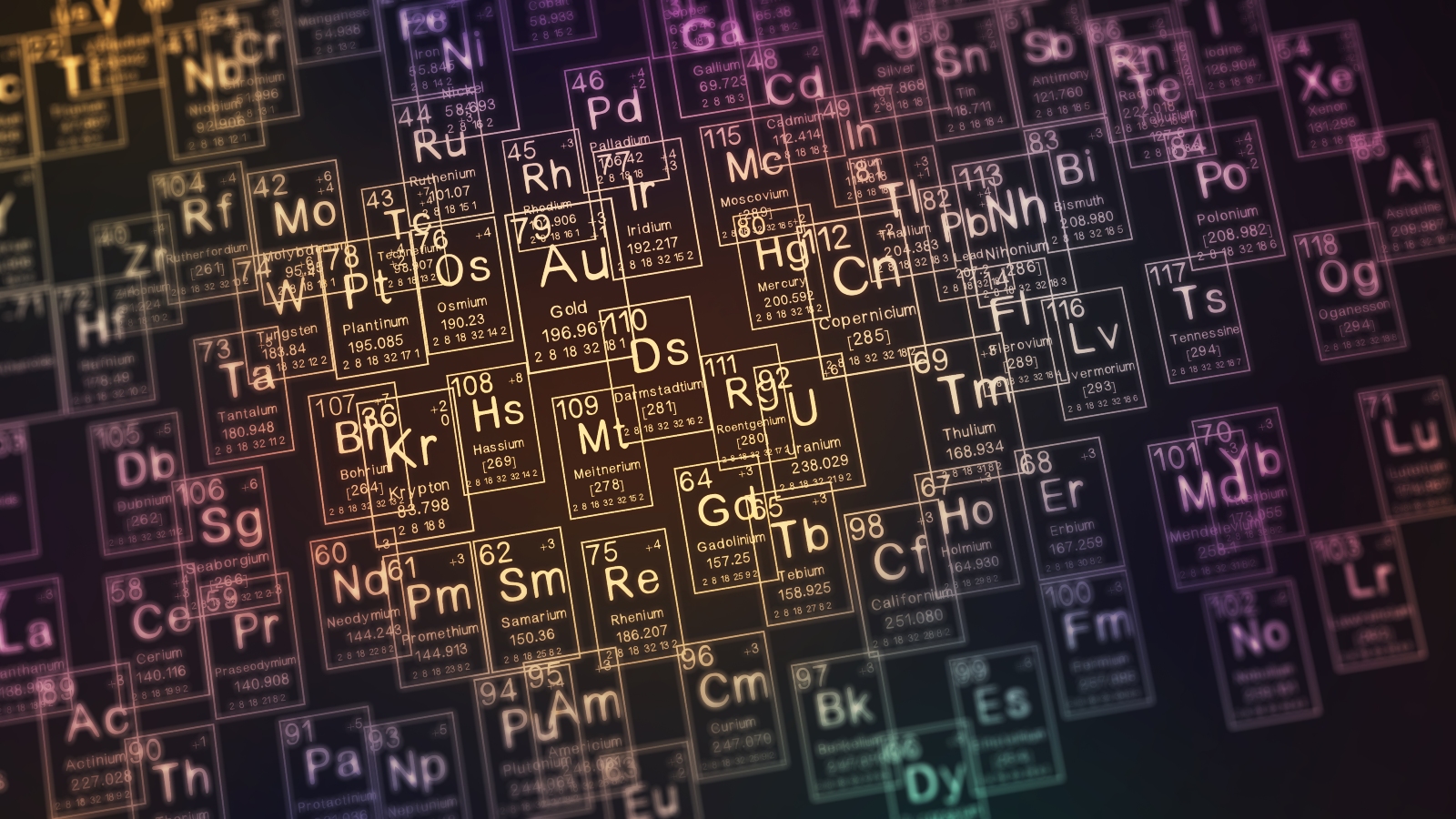Diagnostics, Vol. 13, Pages 2102: Beyond Aortic Stenosis: Addressing the Challenges of Multivalvular Disease Assessment
Diagnostics doi: 10.3390/diagnostics13122102
Authors: Sara Bombace Maria Chiara Meucci Federico Fortuni Federica Ilardi Rachele Manzo Grazia Canciello Giovanni Esposito Paul A. Grayburn Maria Angela Losi Anna Sannino
Aortic stenosis (AS) can often coexist with other valvular diseases or be combined with aortic regurgitation (AR), leading to unique pathophysiological conditions. The combination of affected valves can vary widely, resulting in a lack of standardized diagnostic or therapeutic approaches. Echocardiography is crucial in assessing patients with valvular heart disease (VHD), but careful consideration of the hemodynamic interactions between combined valvular defects is necessary. This is important as it may affect the reliability of commonly used echocardiographic parameters, making the diagnosis challenging. Therefore, a multimodality imaging approach, including computed tomography or cardiac magnetic resonance, is often not just beneficial but crucial. It represents the future of diagnostics in this intricate field due to its unprecedented capacity to quantify and comprehend valvular pathology. The absence of definitive data and guidelines for the therapeutic management of AS in the context of multiple valve lesions makes this condition particularly challenging. As a result, an individualized, case-by-case approach is necessary, guided primarily by the recommendations for the predominant valve lesion. This review aims to summarize the pathophysiology of AS in the context of multiple and mixed valve disease, with a focus on the hemodynamic implications, diagnostic challenges, and therapeutic options.

 1 year ago
36
1 year ago
36

